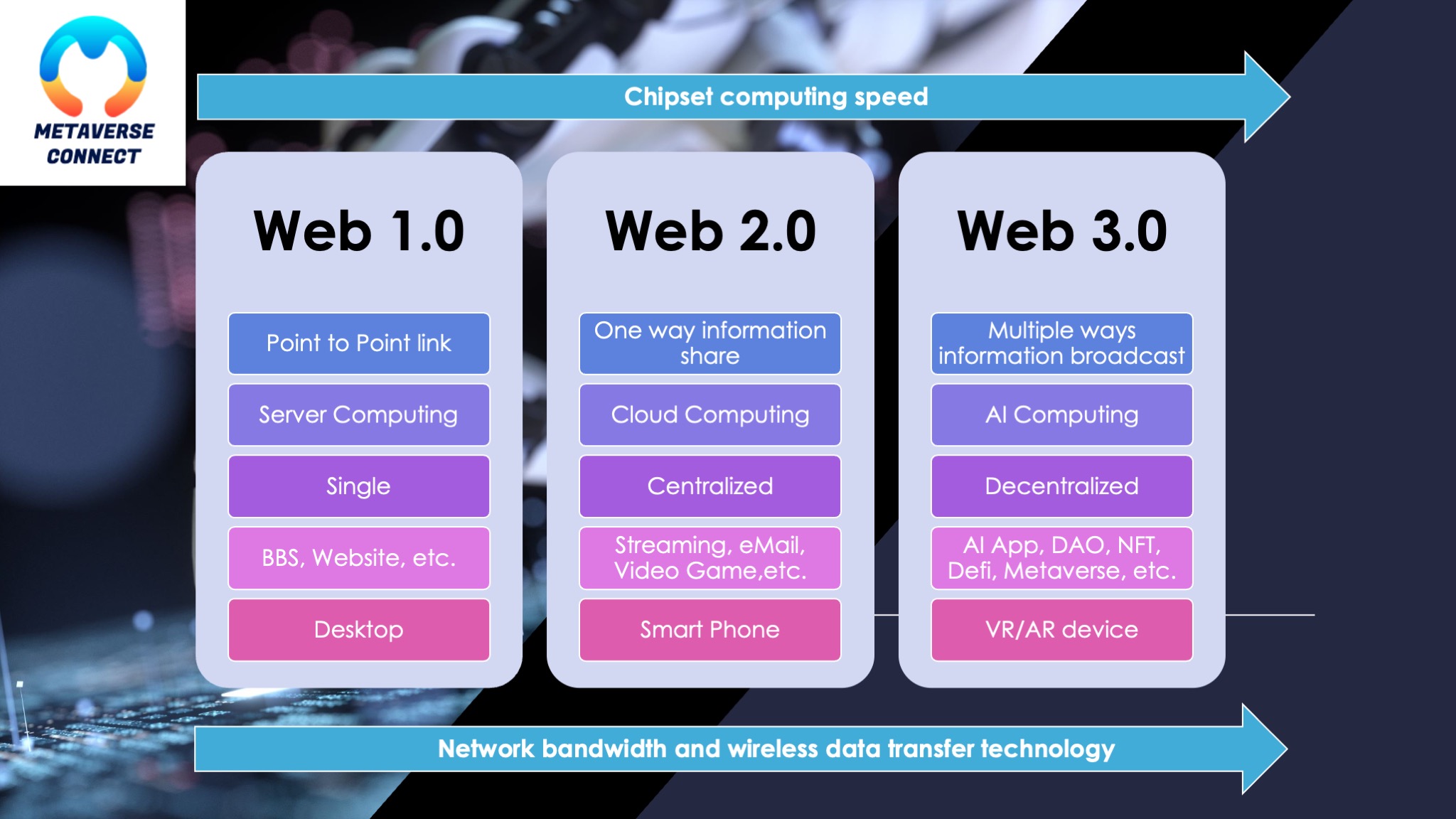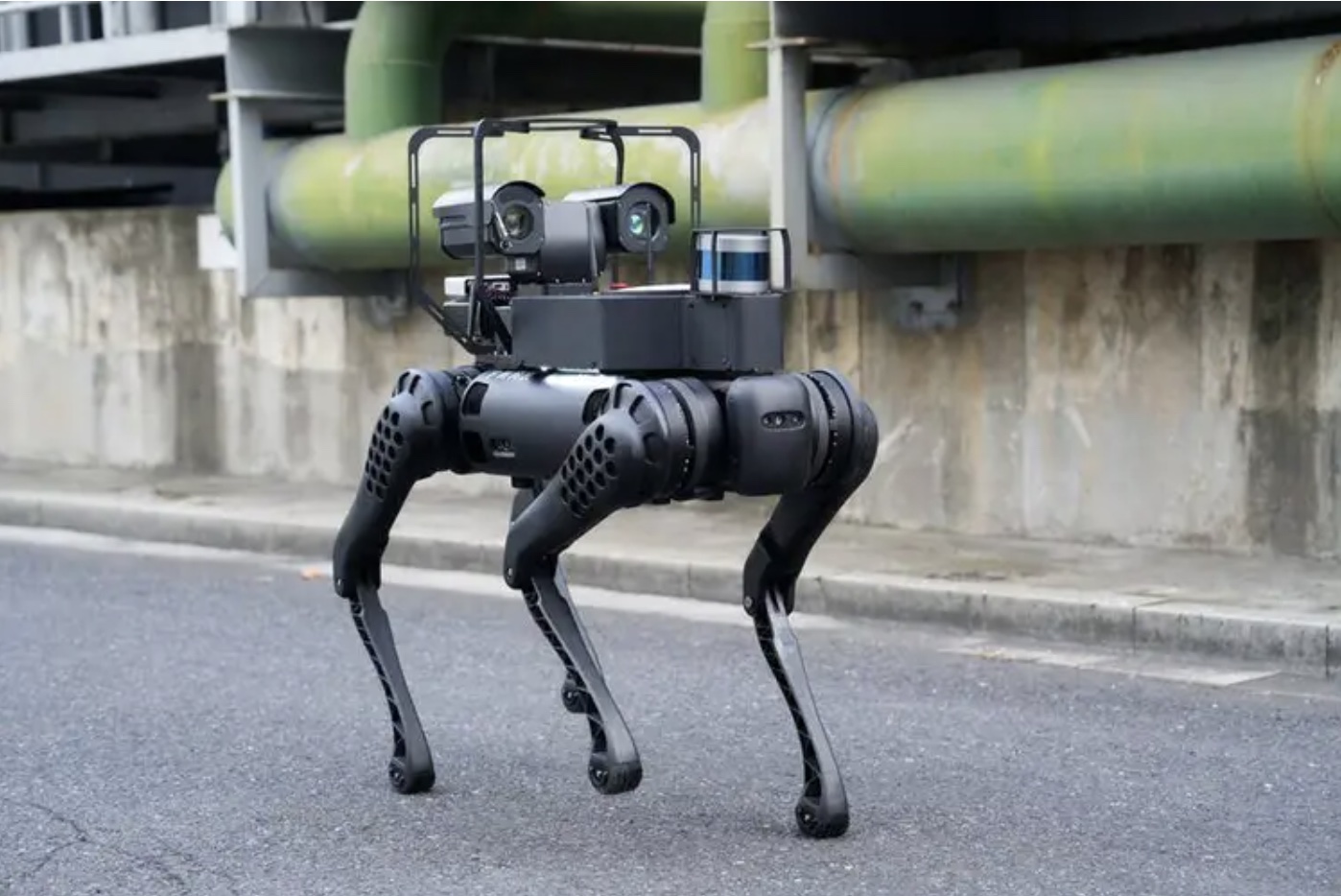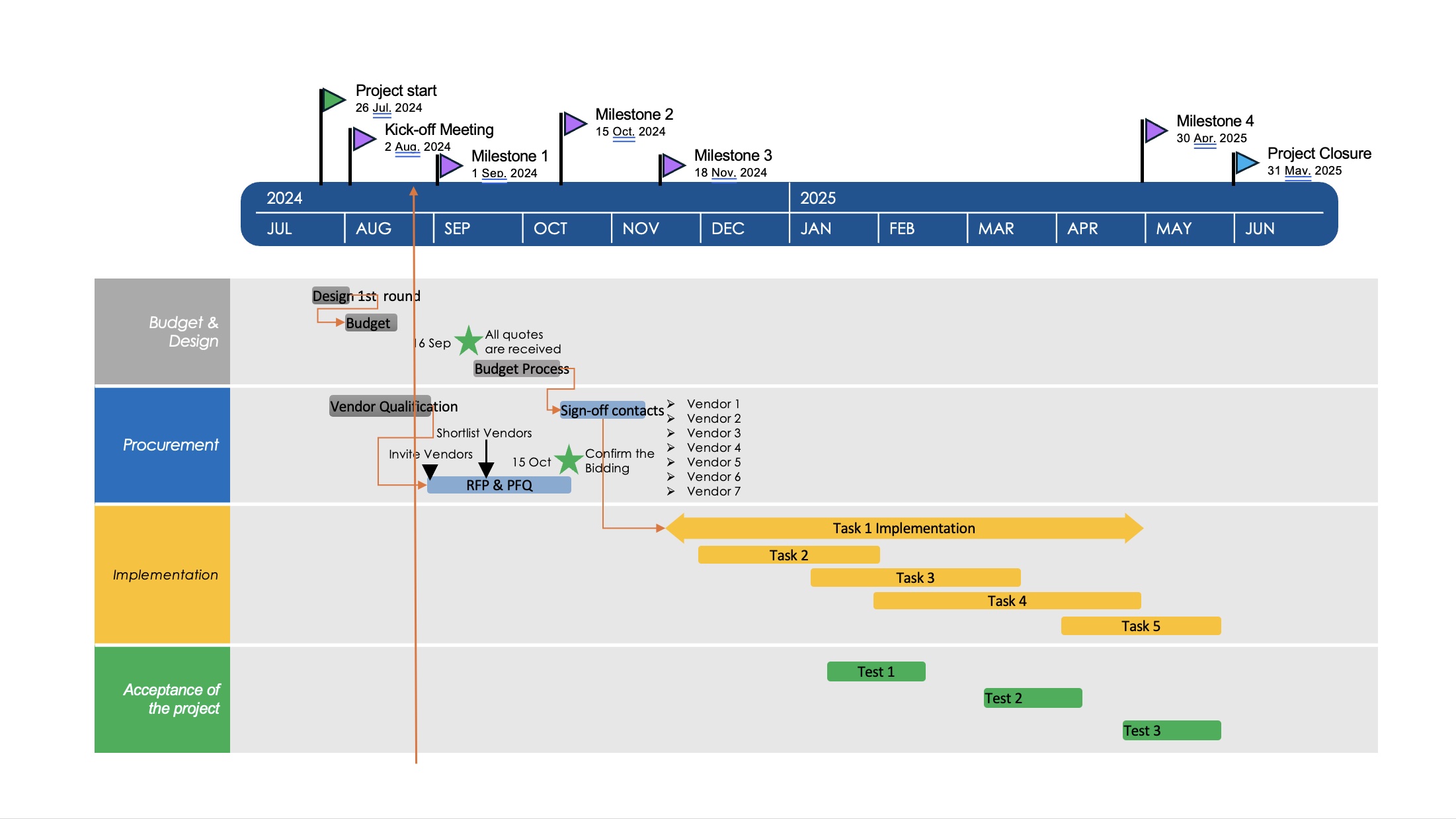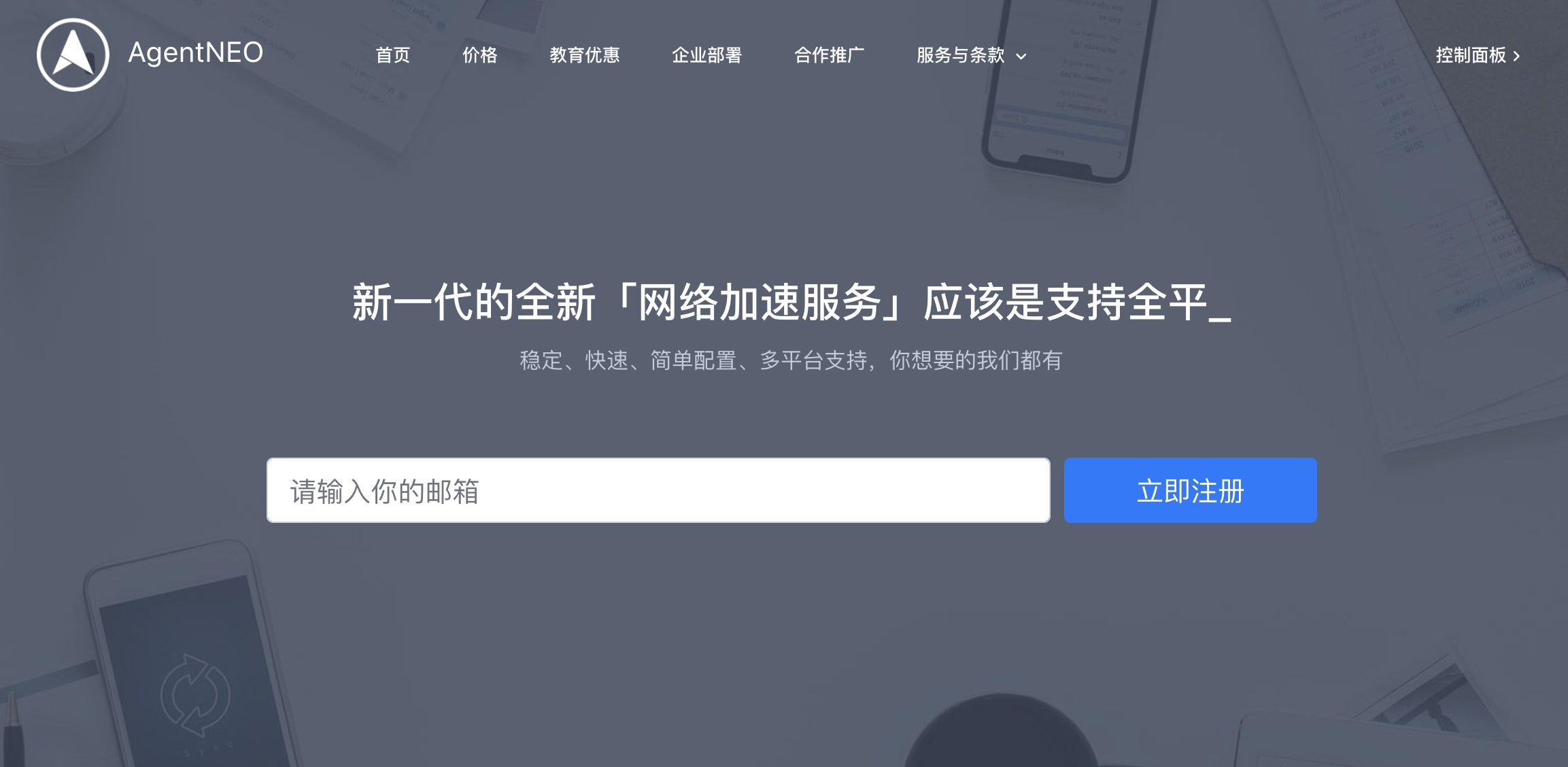Web 1.0, Web 2.0, and Web 3.0 are different stages in the evolution of the internet.
Web 3.0 is the next generation of the internet, which is focused on creating a more intelligent and intuitive online experience for users. One of the key technologies that will drive this transformation is artificial intelligence (AI).
Blockchain technology is the main driving force behind the development of Web3. As explained by the Harvard Business Review, Web3 is “an extension of cryptocurrency, using blockchain in new ways to new ends.”[1] Blockchain technology provides a decentralized, secure, and transparent way to store and transfer data, which is essential for Web3 applications. Companies like Microsoft Azure support Web3 development by providing Web3 developer tools and cloud services.
Here’s a comparison of the three:
Web 1.0 – The first stage of the internet was primarily a static web, where users could only read and consume content. Websites were designed for a single purpose, and there was no interactivity or user-generated content. The focus was on providing information to users, rather than engaging them.
Web 2.0 – The second stage of the internet introduced more interactivity and user-generated content. Social media platforms like Facebook, Twitter, and Instagram allowed users to create and share content, connect with friends and family, and engage with brands. Web 2.0 also introduced cloud computing, mobile apps, and e-commerce.
Web 3.0 – The third stage of the internet, also known as the Semantic Web, is focused on creating a more intelligent, connected, and decentralized web. Web 3.0 includes technologies like blockchain, artificial intelligence, and the Internet of Things (IoT), which enable machines to understand and interpret data in a more sophisticated way. Decentralized identity and linked data also promote transparency, security, and privacy.
In summary, Web 1.0 was a static web focused on providing information, Web 2.0 was an interactive web focused on user-generated content and social networking, and Web 3.0 is an intelligent, connected, and decentralized web focused on creating a more personalized and relevant online experience.



